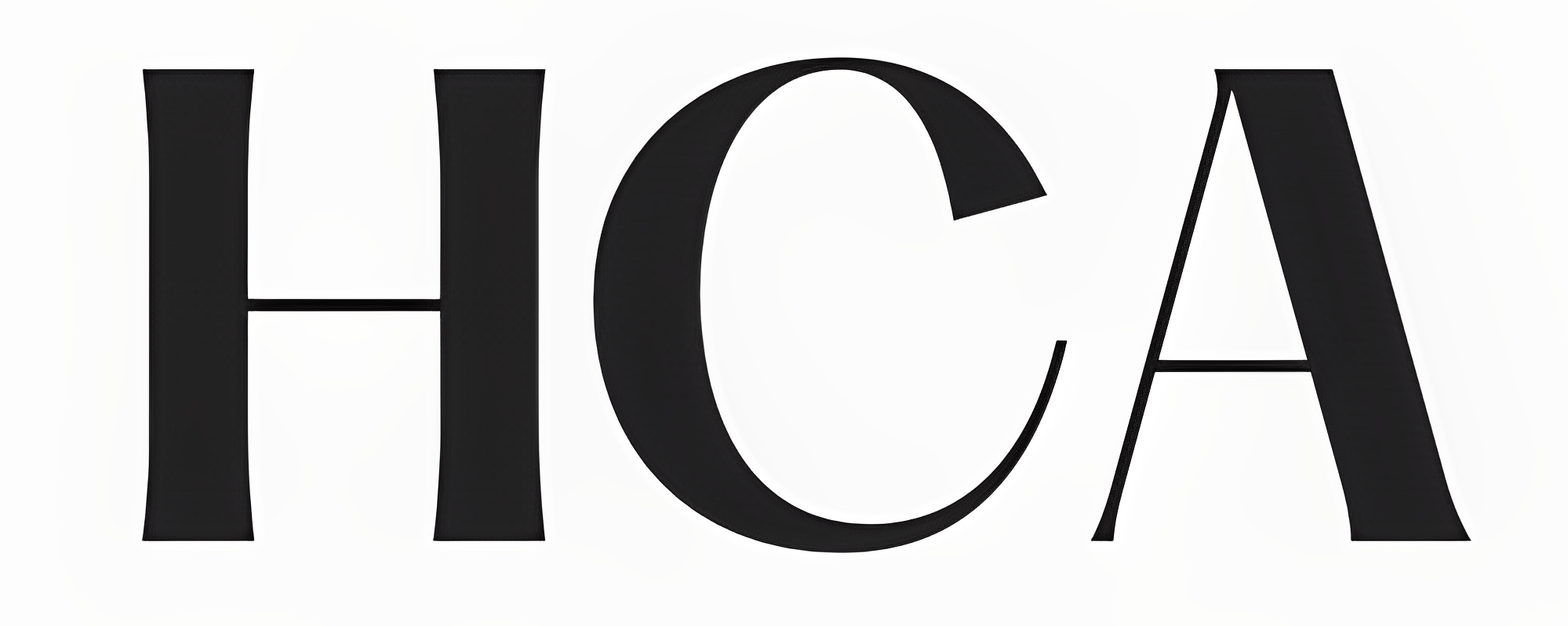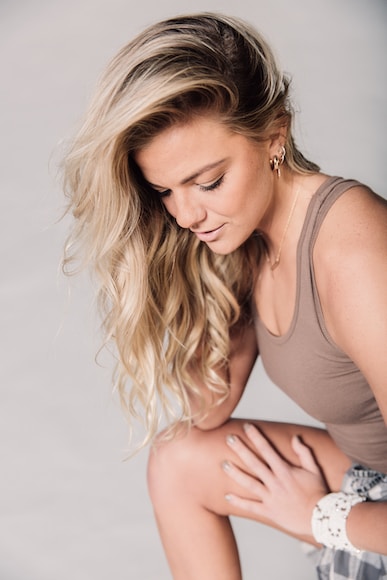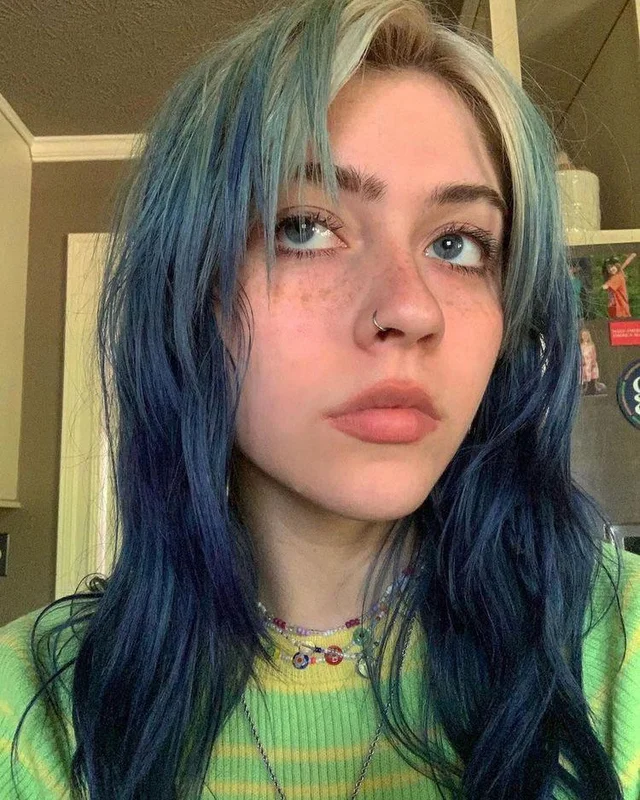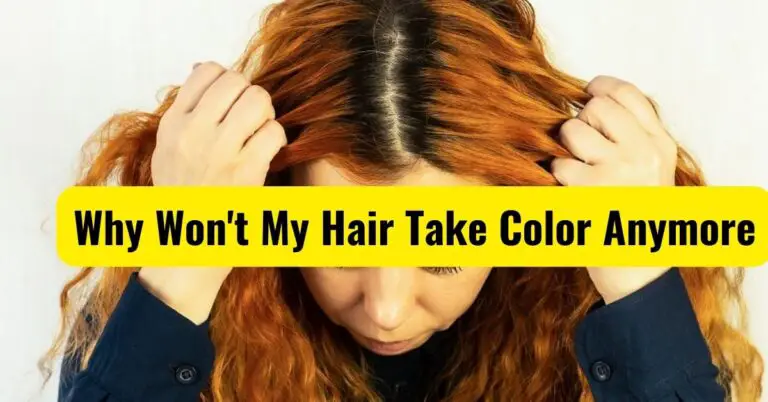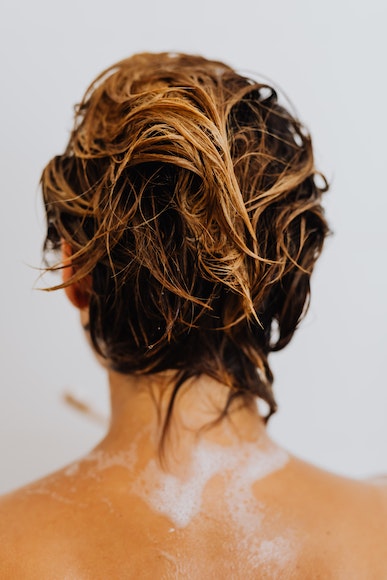White Bleach Vs Blue Bleach : Which one is better

When it comes to hair bleaching, choosing the right type of bleach is crucial for achieving your desired color while maintaining the health of your hair.
White bleach and blue bleach are two popular options, each with its unique characteristics and benefits.
In this blog post, we will discuss the differences between white bleach and blue bleach, their roles in hair coloring, and how to choose the best option for your hair type and color goals.
Let’s dive into the world of hair bleaching and learn how to lighten your hair without causing damage.
What is bleach in hair coloring and its role?
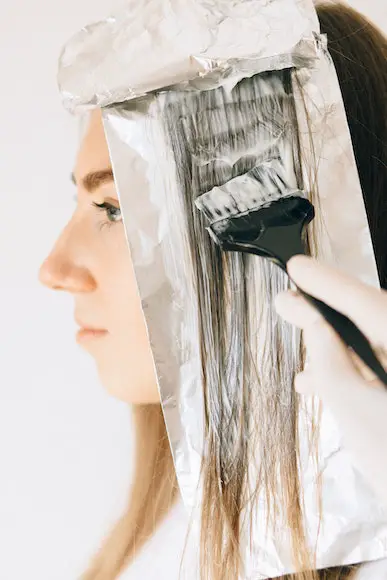
Bleach is a chemical compound used in hair coloring to lighten the natural pigment of your hair.
It works by breaking down the melanin in your hair strands, making them more receptive to the hair dye.
Bleaching is often necessary for achieving vibrant and long-lasting colors, especially when transitioning from darker to lighter shades.
However, the bleaching process can be harsh on your hair, so it’s crucial to choose the right type of bleach and follow proper hair care practices to minimize damage.
Types of bleach
There are several types of bleach available for hair coloring, but the most common are white bleach and blue bleach. These two options have distinct properties and are suitable for different hair types and coloring needs.
Bleach to use for different hair colors
Choosing the right bleach for your hair color is essential for achieving the desired results and preventing damage. Here’s a quick guide on which bleach to use based on your current hair color:
- For black, brown, dark brown, light brown, and dark blonde hair: Blue bleach
- For light blonde, lightest blonde, and very light blonde hair: White bleach
What is white bleach?
White bleach is a less aggressive hair lightener made from silica. It is typically used for lighter hair colors, such as light blonde, lightest blonde, and very light blonde.
White bleach can lift hair up to three levels in one session, making it ideal for those with already light hair seeking a subtle color change. It is also possible to perform two bleaching sessions in a row with white bleach, making it a gentler option for hair lightening.
What is blue bleach?
Blue bleach is a more aggressive hair lightener containing sodium. It is designed for darker hair colors, such as black, brown, dark brown, light brown, and dark blonde.
Blue bleach can lift hair up to four levels in one session and helps neutralize unwanted brassy tones that may appear after bleaching.
However, due to its potency, it is not recommended to use blue bleach in consecutive sessions, as it can cause significant damage to your hair. It is advised to wait at least three weeks between blue bleach treatments.
White Bleach vs Blue Bleach: which one is better?
The choice between white bleach and blue bleach ultimately depends on your hair type, color, and desired results.
If you have darker hair and want to achieve a significant color change, blue bleach is likely the better option for you.
However, if you have lighter hair and are looking for a more subtle color change, white bleach may be more suitable.
How to bleach hair without damaging it
To minimize damage when bleaching your hair, follow these tips:
- Choose the right type of bleach for your hair color and needs.
- Always perform a strand test before applying bleach to your entire head to ensure your hair reacts well to the treatment.
- Follow the manufacturer’s instructions carefully, and do not leave the bleach on your hair for longer than recommended.
- Use a deep conditioning treatment or hair mask after bleaching to help restore moisture and maintain the health of your hair.
- Avoid over-processing your hair by waiting the recommended amount of time between bleaching sessions.
- Consult a professional hairstylist if you are unsure about the bleaching process or have concerns about potential damage.
Can You Store Hair Bleach After It Is Mixed?
Short answer: No!
The chemistry behind hair bleach explains why it cannot be stored after mixing with the developer.
Hair bleaching is a two-step process involving an alkaline agent and an oxidative agent.
The alkaline agent opens up the hair cuticle, while the oxidative agent, mainly hydrogen peroxide, penetrates the hair cortex and dissolves the natural melanin responsible for hair color.
When mixed, the hydrogen peroxide will only be active for less than 30 minutes.
If not applied within this time frame, the bleach becomes useless, as the hydrogen peroxide will have reacted with the bleaching powder and oxidized completely.
How Long Can You Keep Hair Bleach Without Losing Its Potency?
Hair bleach should be used within the time frame specified on the bleach kit, typically less than 30 minutes.
After this time, the bleach loses its potency and will not provide the desired level of lift on your hair.
Can You Still Use Leftover Hair Bleach?
Using expired or leftover hair bleach will not cause any serious side effects. However, it will not effectively bleach your hair, resulting in an unexpected hair color.
How to Store Hair Bleach Powder
Unmixed hair bleach powder can be stored for future use.
Keep the powder in its original, airtight container and store it in a cool, dry place away from direct sunlight.
Proper storage will help maintain the powder’s effectiveness for a longer period.
What to Do with Leftover Hair Bleach
Disposing of leftover hair bleach is essential, as hydrogen peroxide and ammonia present in the bleach are considered toxic waste.
Dumping hair bleach in the trash can lead to environmental harm.
The best solution is to take leftover hair bleach to a local hazardous waste disposal center, typically found near most major cities.
How to Dispose of Hair Bleach
Never dispose of hair bleach by pouring it down the drain, as it can contaminate groundwater and harm the environment.
Instead, take the leftover bleach to a local hazardous waste disposal center, where it can be safely processed.
Does Hair Bleach Stop Working When It Dries?
Yes, hair bleach loses its effectiveness when it dries.
The hydrogen peroxide in the bleach reacts with the bleaching powder, and once it is fully oxidized and dry, the bleach will not work.
Where to Keep Hair Bleach Safely
Store hair bleach, whether in powder or mixed form, in a cool, dry place away from direct sunlight and out of reach of children and pets.
Keep the bleach in its original container, or use a non-reactive container, such as a plastic or glass bowl.
Can You Put Hair Bleach on Skin?
No, hair bleach should not be applied directly to the skin, as it can cause irritation, burns, and other adverse reactions.
Always wear gloves when handling hair bleach and avoid contact with the skin.
Conclusion
In conclusion, both white bleach and blue bleach serve different purposes and are suitable for different hair types and color goals.
Choosing the right bleach for your hair is essential for achieving the desired results while minimizing damage.
By understanding the differences between white and blue bleach, you can make an informed decision and enjoy a vibrant, long-lasting hair color.
Always follow proper hair care practices and seek professional guidance when necessary to maintain the health and beauty of your hair.
